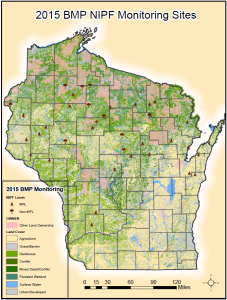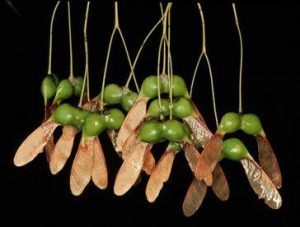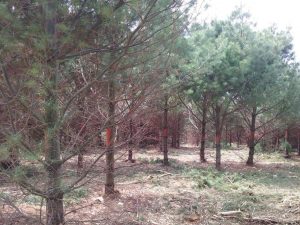Wisconsin’s forested lands are some of the state’s most valuable resources and the Department of Natural Resources is doing a good job caring for them according to audits conducted by SCS Global Services. Independent, third-party certification means DNR management of its properties meets strict standards for ecological, social and economic sustainability. The words “exemplary” and “superb” were used in reporting 2016 audit findings on 1,551,440 acres of state-owned lands. Department owned lands are certified under the Sustainable Forestry Initiative (SFI) and the Forest Stewardship Council (FSC). Read more in this DNR news release.
For more information, contact Mark Heyde at 608-267-0565.


 Learn more here …
Learn more here …